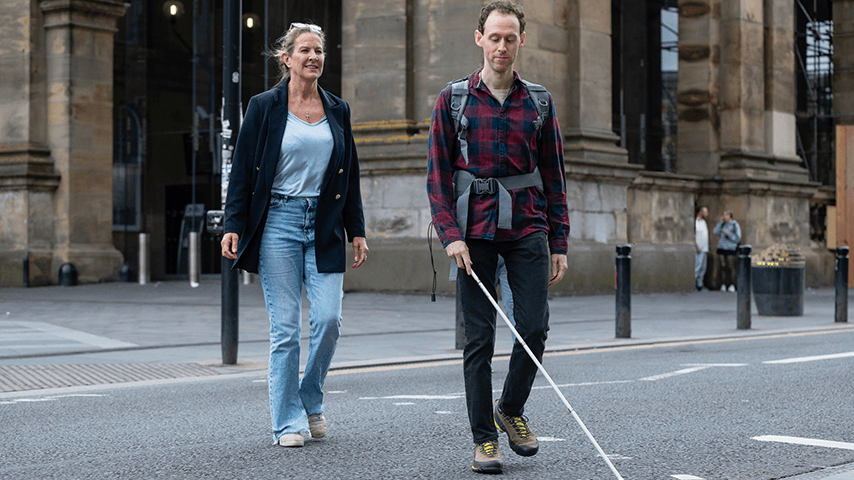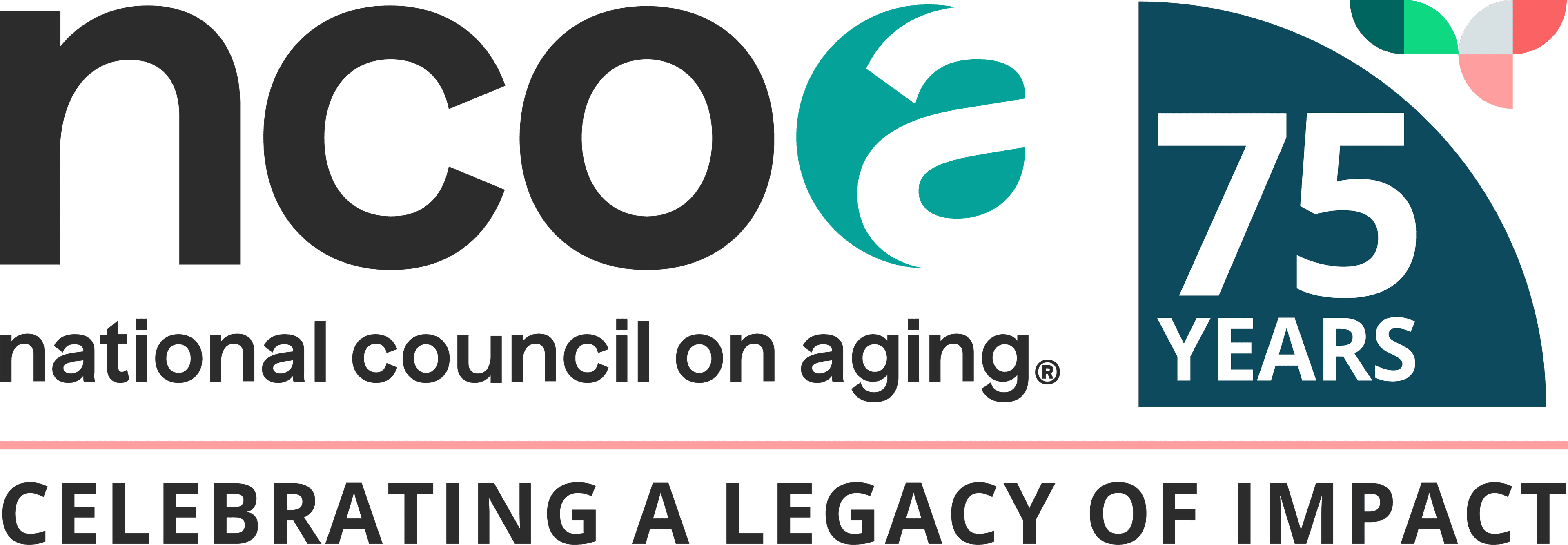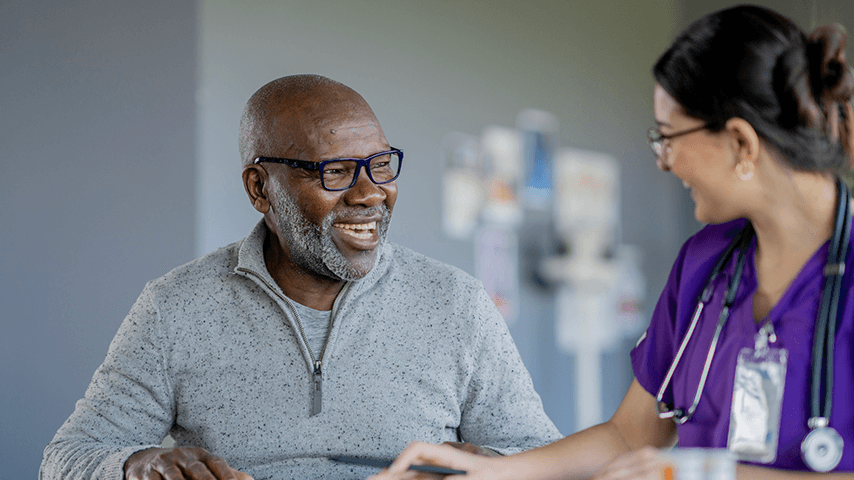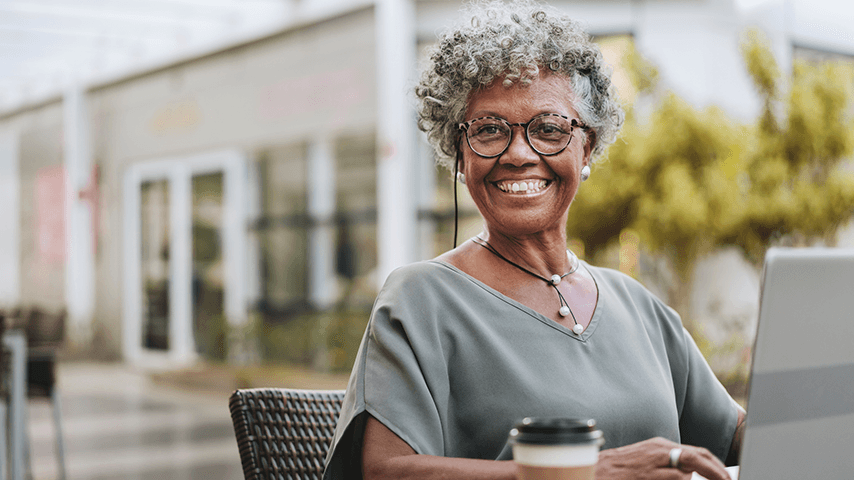
Related Topics
Travel can be one of life’s most exciting and enriching experiences, providing unlimited adventure and access to diverse cultures. Many travel options are available to help people living with blindness and low vision have the most exhilarating trips possible.
Advances in accessible technology and public awareness have increased the accessibility of many cities and destinations. Here are some tips and resources to make your travel time as exciting and accessible as possible.
Preparation and planning: How to travel with low vision
Before booking a trip, research cities and destinations that prioritize inclusion. Consider:
- Accessibility of departure and destination airports
- Public transit
- Pedestrian-friendly access
- Accessible hotels, museums, and entertainment venues
Discover tourism guides and services created by destination cities for travelers with vision loss.
Your choice of accommodations is key. Research accommodations in central areas that are located near accessible public transportation. Many hotels highlight accessibility features on their websites, and contacting the hotel directly can provide additional information on the accessibility features—e.g., tactile signage, staff support, dog guide-friendly rooms—anything you need to feel confident about your choice of accommodations.
What are accessible travel agents and services?
Specialized companies such as Mind’s Eye Travel, TravelEyes, and Seable cater to travelers with vision loss. Tour groups provide unique opportunities to meet and travel with others who have vision loss, and many companies offer the option to be joined by a sighted companion. Tours develop an exciting itinerary that highlights accessible locations and experiences. Locations are paired with descriptive narration and tailored sensory experiences to make your trip as stress-free and enjoyable as possible.
How to navigate with confidence through assistive technology
Technology has transformed accessible travel, with many apps and services available for your trip, including:
- VoiceOver and TalkBack screen readers help navigate with your tablet or mobile device.
- Seeing AI and EMVI AI use your smartphone camera to read text, identify objects, and provide an audibly described environment.
- Google Maps, GoodMaps, and other wayfinding technologies help you navigate inside a venue.
- Be My Eyes can connect you to a sighted volunteer for live assistance, and Aira offers trained agents and interpreters for live support.
These are just a few examples of the incredible technology for travelling throughout your community or to distant travel destinations. Be sure to download and test any apps before your trip to familiarize yourself with their full use and capabilities.
What are accessible travel tools?
In addition to smartphone apps, consider accessible travel tools like:
- A portable white cane or smartcane, such as the AI-integrated cane from WeWalk. For an extended trip, consider bringing a backup cane in case your primary cane breaks, or research the best way to procure a cane in your destination city.
- Smartglasses, such as Meta AI and Envision, provide invaluable audible information about your environment. Meta has also partnered with Be My Eyes for hands-free support when using Meta AI glasses.
- Wearable devices such as those from OrCam and eSight
- Portable magnifiers
- Noise-cancelling headphones to improve auditory cues
Consider these and any other tools you currently use at home to evaluate them for ease of use during extended travel.
What to do before takeoff
Airlines, trains, cruise ships, and other modes of travel offer specific support for travelers living with blindness and low vision. Take advantage accommodations and supports that airports, airlines, and others provide during booking or by contacting the venue or airline directly.
- Notify the airline of your blindness or low vision.
- Request available assistance, including security, check-in, advance boarding, and more.
- Consider TSA Cares, which offers a helpline and added support navigating security checkpoints.
- Let your flight attendant know about your vision loss so they can provide any assistance during your flight, including support locating your seat, stowing any overhead luggage, accessing meals, using the lavatory, and deplaning.
- Consider using brightly colored luggage or air tags to help locate your bags.
Rideshare and accessible transportation
Advance research will go a long way in making your trip as seamless as possible. An increasing number of cities offer accessible public transportation options, including priority seating, audio announcements, audio descriptions, tactile maps, braille signage, and more.
Some destinations offer paratransit services (typically with advance planning and reservations) and rideshare services such as Uber and Lyft can also provide accommodations.
Embracing cultural and sensory-rich experiences
Incredible experiences await travelers with vision loss, providing a rich and rewarding travel experience. Research these and other options in your destination city:
- Guided walking tours are available with audio descriptions providing cultural insights and local experiences.
- Accessible museums—many offer audio tours, audio-described exhibitions, and hands-on experiences.
- Restaurants, wine tastings, and visiting cultural markets provide vital cultural and sensory experiences.
- Entertainment venues—Travel destinations offer concerts, theater, and other cultural events, many featuring audio described options.
A shared experience: Connecting with others with vision loss
Reach out to those in your community with vision loss to obtain additional travel tips and insight on travel destinations. Local vision rehabilitation agencies offer a broad range of life-changing training that can improve your everyday life and support when travelling. For example, Orientation and Mobility (O&M) training can help optimize the use of a white cane, a sighted guide, and other navigation techniques. O&M training is often combined with assistive technology training to help identify the tools, apps, and aids that are best suited for you, and provide the training necessary to use technology most effectively.
Visit Time to Be Bold to find local vision rehabilitation services and other resources. People living with vision loss can call the APH hotline to receive support and practical coping strategies for everyday tasks, join remote discussion and support groups, and access free online resources at the APH Connect Center and VisionAware.
Get travel information and insights for travelers with blindness or low vision from BlindTravels, Society for the Accessible Tourism & Hospitality (SATH), and other websites dedicated to travel, and added information and tips from the Library of Congress, American Council of the Blind (ACB), APH, Blind Travel Foundation, Envision, and Lighthouse Guild.



